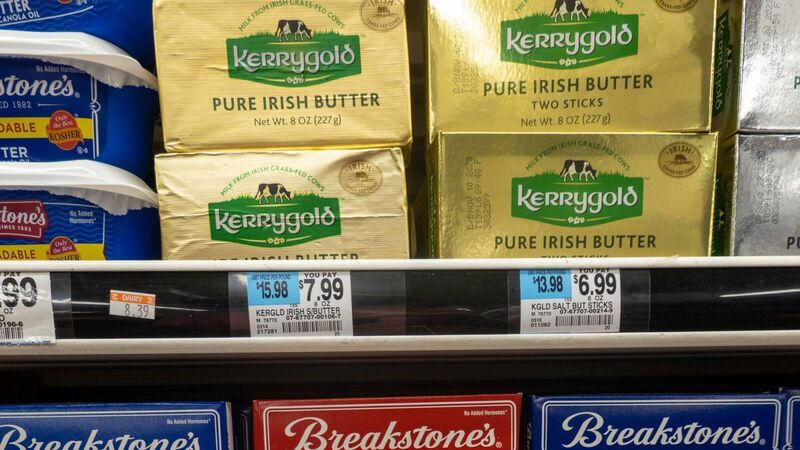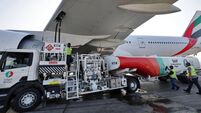From Mercosur to Trump, the clouds darken for Irish food producers

KerryGold butter, a major Irish export, has previously found itself in the crosshairs of US tariffs under a Donald Trump administration.
Amid ongoing challenges from cost inflation and labour shortages to geopolitical tensions and market disruptions, Irish food and drink exports maintained resilience throughout a turbulent year, increasing by 5% to a record €17bn in 2024.
While largely offset by higher pricing to combat inflation, Bord Bia stressed in its Exports Performance and Prospectus Report 2024/2025 that several food and drink categories posted volume growth in addition to value growth, particularly within the seafood, prepared customer foods and meat sectors.











